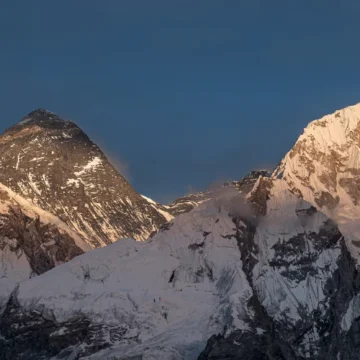
What is Annapurna Sanctuary Trek Nepal? Itinerary, Elevation, Route
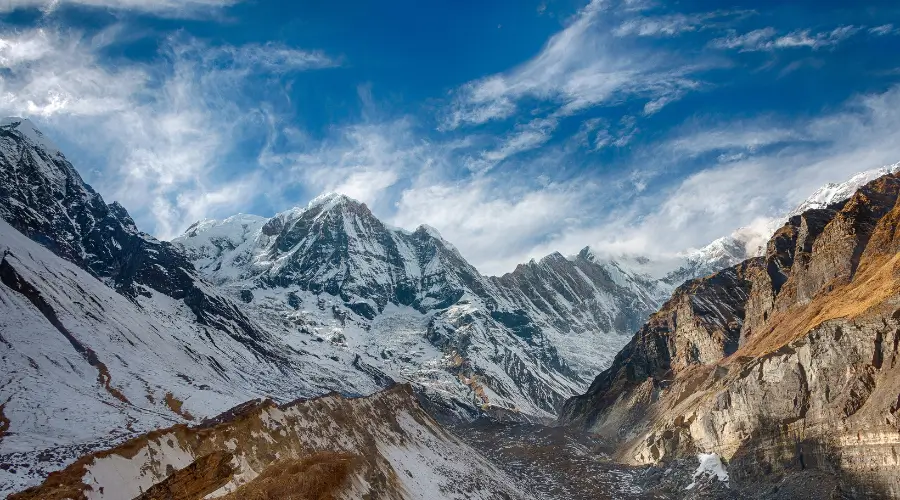
Table of Contents
The Annapurna Sanctuary Trek Nepal or Annapurna Circuit Trek, is a challenging yet unforgettable journey. People are more familiar with the Annapurna Sanctuary Trek than the Annapurna Circuit Trek. Regardless of what you call it, this trek is a mesmerizing journey that lies in the Annapurna region in Nepal. Annapurna Circuit Trek gets its name as Annapurna Sanctuary as it is home to a variety of wildlife and vegetation.
The trek is popular because of the majestic view of mountains as well as various other mountain ranges apart from the Annapurna range. During the trek, the trekkers can witness a variety of flora and fauna, and diverse landscapes, and get to be part of alpine culture. If you are planning the Annapurna Sanctuary trek, do not forget Himalayan Masters.
Highlights of Annapurna Sanctuary Trek
- Panoramic view of mountains such as Annapurna I (8,091 meters, the world’s 10th highest peak), Machhapuchhre, and Himchuli.
- Pass through Thorong La Pass, one of the world’s highest trekking passes.
- You can also see mountain and mountain ranges such as Annapurna range, Gangapurna, Khangsar Kang, Tarke Kang, Lachenal Peak, Nilgiri Himal, and so on which are over 6,000 meters high.
- Experience the Gurung culture, and the indigenous people living in the Annapurna region.
- Visit Muktinath, a holy place for Hindus and Buddhists.
- Trek along the world’s deepest gorge, Kali-Gandaki Gorge.
- Enjoy the diverse wildlife, and you might get to see Himalayan tahr.
Annapurna Sanctuary Weather
When planning the Annapurna circuit trek or any trip, knowing the weather conditions of that place is always a plus point to maximize your enjoyment and safety. Likewise, is in the case of Nepal Annapurna Sanctuary. The Annapurna Sanctuary weather condition varies significantly according to the season and Annapurna Sanctuary elevation.

Let’s get to know the Annapurna Sanctuary weather conditions throughout the year while trekking Nepal Annapurna Sanctuary.
- Spring (March-May)
The temperature can reach a maximum of 10°C to 20°C (50°F–68°F) during the day and a minimum of 0°C (32°F) at night during the spring season. While the weather is good, the trekkers can see clear sky appreciating the dense rhododendron forest, one of the best seasons to trek and see rhododendrons.
- Monsoon/Summer (June-August)
During the monsoon/summer season, the temperature can reach 15°C to 25°C (59°F – 77°F) on sunny days, while the temperature drops to 5°C (41°F) at night. In Annapurna Sanctuary, monsoon faces heavy rainfall and probably landslides too. I do not recommend this season as a season of trekking.
- Autumn (September – November)
Annapurna Sanctuary has a moderate climate during autumn. The temperature ranges from 10°C to 20°C (50°F–68°F) during the day, whereas at night, the temperature drops to negative 5°C (23°F). The trekkers can witness the clear sky, post-monsoon, offering majestic views of the mountain vistas. It is a prime trekking season, remember Himalayan Masters to book your trek to Annapurna Sanctuary Trek.
- Winter (December to February)
The temperature during winter varies from 0°C to 10°C (32°F–50°F) during the day. But the nights can be really cold, with temperature dropping to -10°C (14°F). During this season, you might see snowfall at higher Annapurna Sanctuary altitude regions. This is a season for experienced trekkers only, looking for wilderness.
Annapurna Sanctuary Trek Itinerary
Annapurna Sanctuary Trek route is generally of 12 itinerary days. The Annapurna Sanctuary elevation will take you to a maximum elevation of 5,416 meters at Thorong La Pass. Depending on your experience or trekking or acclimatizing ability, you can adjust the Annapurna Sanctuary itinerary period.
Let’s discuss the Annapurna Sanctuary Trek Itinerary in detail.
Day 1: Kathmandu to Besisahar (760m) to Jagat (1,100m)
Drive to Besisahar from Kathmandu and change the vehicle to Jagat from Besisahar.
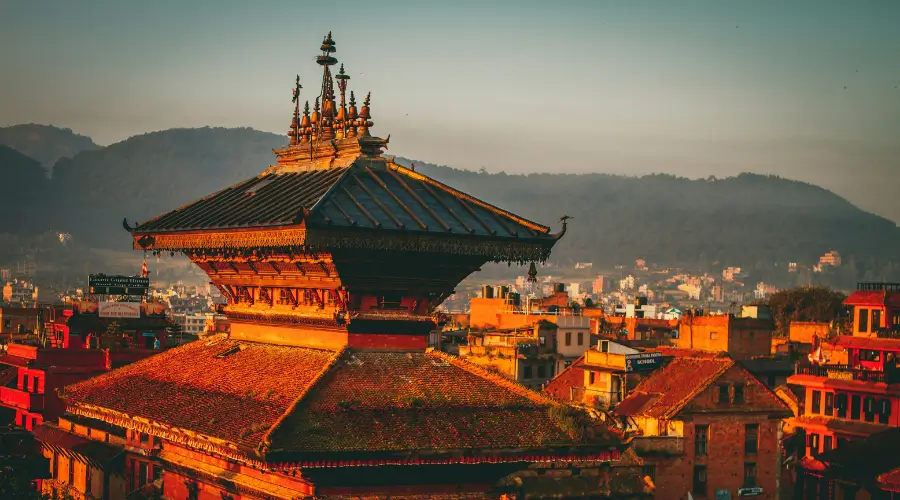
Day 2: Jagat to Dharapani (1,960m)
Actual trekking begins, trek from Jagat to Dharapani with stunning views of waterfalls and canals along the way.
Day 3: Dharapani to Chame (2,710m)
Emerging yourselves into the serene beauty of pine forest and picturesque village, we will reach Chame.
Day 4: Chame to Pisang (3,300m)
After trekking through the steep valley towards the Paungda Danda Rock, witnessing Annapurna II and Pisang Peak, we will reach to Pisang.
Day 5: Pisang to Manang (3,500m)
Continue the trek to Manang via the Upper Pisang route through Ghyaru and Ngawal.
Day 6: Acclimatization day at Manang
6th day is a bonus day, acclimatization day, you can explore Manang village and visit the monasteries and Gangapurna Lake and nearby viewpoints around its vicinity.
Day 7: Manang to Yak Kharka (4,110m)
Your trekking resumes again, after trekking together with horses and yaks, we will reach Yak Kharka.
Day 8: Yak Kharka to Thorong Phedi (4,600m)
After hiking for 6 hours through charming pastures, we can reach Thorong Phedi, there are decent lodges here.
Day 9: Thorong Phedi to Thorong La to Muktinath (3,800m)
Trek to Thorong La Pass (the highest point of the trek), this day is going to be the longest and challenging yet exciting part of the trek. Thereafter, we will start descending to Muktinath.
Day 10: Muktinath to Tatopani (2,135m)
We can visit Muktinath in the morning, then take a jeep and drive to Tatopani. In between the way, we can stop at Kagbeni to visit local monasteries and Jomsom (headquarters of Mustang district) and continue the drive to Tatopani.
Day 11: Tatopani to Pokhara (800m)
We will continue our drive to Pokhara where you can enjoy boating, paragliding, ice-skating, ice-skating, and other adventurous activities.
Day 12: Pokhara to Kathmandu (1,400m)
Last day of the trek, we will drive back to Kathmandu. You can also take a flight from Pokhara.
Annapurna Sanctuary Elevation
During the Annapurna Sanctuary Trek, we will to the maximum Annapurna Sanctuary elevation of 5,416 meters at the Thorong La Pass. We will start our trekking from Kathmandu which has an elevation of approximately 1400 meters and end our trekking or walking at Muktinath at an elevation of 3,800 meters. On average, we will be climbing an elevation of 500 meters each day. It is necessary to acclimatize to the increasing Annapurna Sanctuary altitude, while ascending, to avoid any chance of altitude sickness.
Annapurna Sanctuary Trek Distance and Time
You can find the Annapurna Sanctuary trek distance and time details below:
Day 1: Kathmandu to Besisahar to Jagat
- Kathmandu to Besisahar
Distance: 176km
Time: 5-6 hours driving
- Besisahar to Jagat
Distance: 34km
Time: 1-2 hours driving
Day 2: Jagat to Dharapani
Distance: 15.7km
Time: 5-6 hours trekking
Day 3: Dharapani to Chame
Distance: 17.2km
Time: 4-5 hours trekking
Day 4: Chame to Pisang
Distance: 13.5km
Time: 6 hours trekking
Day 5: Pisang to Manang
Distance: 17km
Time: 5-6 hours trekking
Day 6: Acclimatization day at Manang
It is an acclimatization day.
Day 7: Manang to Yak Kharka
Distance: 9.4km
Time: 4-5 hours trekking
Day 8: Yak Kharka to Thorong Phedi
Distance: 6.9km
Time: 4-5 hours trekking
Day 9: Thorong Phedi to Thorong La to Muktinath
- Thorong Phedi to Thorong La
Distance: 4.9km
Time: 4-5 hours trekking

- Thorong La to Muktinath
Distance: 11.4km
Time: 3-4 hours trekking
Day 10: Muktinath to Tatopani
Distance: 70.8km
Time: 4-5 hours driving
Day 11: Tatopani to Pokhara
Distance: 103km
Time: 5-6 hours driving
Day 12: Pokhara to Kathmandu
Distance: 201km
Time: 6-7 hours driving
Annapurna Sanctuary Trek Map
Your Annapurna Sanctuary Trek map begins from Kathmandu. From here, we will be traveling to Besisahar and then to Jagat on the first day. Actual trekking starts on 2nd day. On 2nd day, we will be trekking to Dharapani, followed by a trek to Chame on the 3rd day. 4th day is a little tougher, we need to trek for almost 6 hours before reaching Pisang. On the 5th day, we will be trekking from Pisang to Manang, where we will have a rest day on the 6th day and acclimatize there.
On the 7th day only, we will resume our trekking to Yak Kharka, and from there to Thorong Phedi on the 8th day. 9th day is the toughest part of the trek. On this day, we need to reach the highest point of our trek Thorong La Pass, and then descend to Muktinath, this this is going to take around 7-8 hours. On the 10th day, after visiting Muktinath, we will head towards Tatopani and visit around. We will now drive to Pokhara on the 11th day and finally back to Kathmandu on the 12th and final day of our trekking.
Also check: Upper Mustang Trek, Mardi Himal Trek, Ghorepani Poon Hill Himalayas Trek, and Annapurna Base Camp Helicopter Tour.
Annapurna Sanctuary vs Annapurna Circuit
What is Annapurna Sanctuary Trek vs Annapurna Circuit? Let’s do its operation.
In general, the Annapurna Sanctuary Trek and Annapurna Circuit Trek both are the same. There is a place north of Pokhara, around 40km away, a high glacial basin called Annapurna Sanctuary. It is an oval-shaped plateau with an elevation of over 4,000m, surrounded by a high Annapurna Mountain range that is over 7,000m. The only entrance to the plateau is a narrow valley, through which the glacial water flows to the Modi Khola River.
The Sanctuary was pure until 1956 AD, believed to be a sacred place for Gurung people. The Gurung people believed the sanctuary to be a deposit of gold and various treasures left behind by the Nagas (a divine form of half-serpent and half-human, lower half serpent and upper half human). The Annapurna Sanctuary receives only 7 hours of daylight, giving birth to dense tropical vegetation.
Having said that, the Annapurna Sanctuary trail coincides with the Annapurna Circuit trek, whether be any trek, Annapurna Sanctuary route, or Annapurna Circuit route, the trekking route is the same. Therefore, the trek guide and the local people both consider these two treks as the same. In both the treks, you will be going around the Annapurna range and the plateau; Annapurna Sanctuary.
Annapurna Sanctuary Trek Equipment List
It is better to carry your own trekking equipment when traveling, to get the best and ensure your comfort and fun. There are a variety of things that you might miss out on when making an Annapurna Sanctuary trek equipment list.
From our experience and experts’ suggestions, we have made an easy-to-to packing list for you.
Clothing items
Upper Body
- Short sleeve T-shirt
- Long sleeve T-shirt
- Hoodie
- Softshell jacket
- Down jacket
- Water and windproof jacket
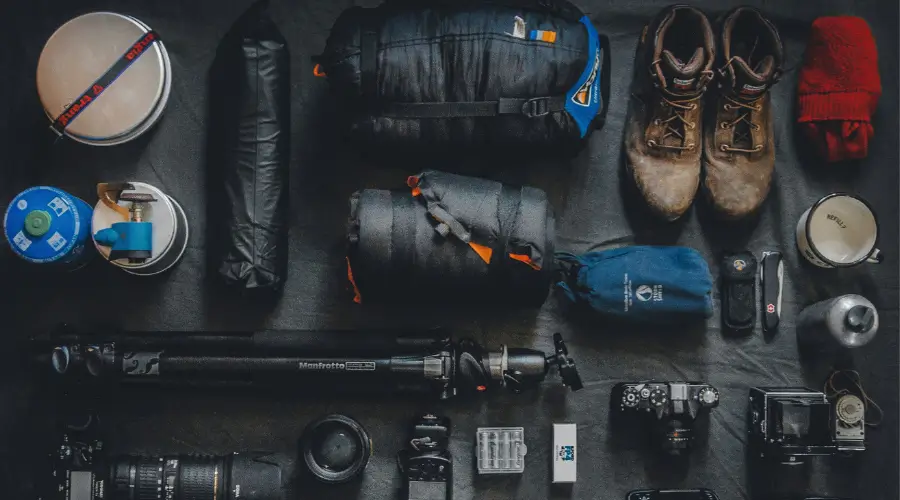
Lower body
- Thermal leggings
- Sweat pants
- Soft leggings
- Trekking trousers
- Water and windproof hard-shell trousers
Head
- Beanie
- Hats
- Buffs and scarf
Other Clothing Accessories
- Socks
- Underwear
- Sports bra (for female)
- Gloves
- Hiking boots
- Sports boots or sandals (to wear in teahouse)
Bags
- Backpack
- Fanny pack
- Duffle bag
Electronics
- Phone
- Multi socket
- Camera and extra battery
- Portable charger and Power bank
- Headlight
Other Accessories
- Sleeping bag
- Sleeping bag liner
- Rain cover
- Earplugs
- Trekking poles
- Sunglasses
- Water bottle/bladder
- Towel
- Lock
- Passport and money
- Books and cards (for entertainment)
- Emergency medicines
- Toiletries – body wash, toothbrush, toothpaste, small mirror, sunscreen, Vaseline, lip balm, deodorant, comb, shampoo, etc.
Medicines
- Water purification tablet
- Diamox (for altitude sickness)
- Ibuprofen (pain relief)
- Antibiotics and anti-diarrhea
- Airborne/Emergen C (immune booster)
- Ankle and knee guard
- Blister band-aid
- Neosporin and Cortizone (for skin problems)
- Fiber supplement
Note: You can adjust your packing list according to your personal needs and preferences.
Annapurna Sanctuary Trek Cost
The Annapurna Sanctuary Trek cost might vary based on the season you are trekking in or the agency you are traveling with. But with Himalayan Masters, you can do trekking Nepal Annapurna Sanctuary at around $1200 per person.
Also, read about the Annapurna Base Camp Trek cost.
The trekking package includes all your accommodation, food, and vehicle expenses during the trek. It does not include your international travel cost, private vehicle cost from Kathmandu to Besisahar and Pokhara to Kathmandu, guide and porter costs and their tips, and permits costs.
You can have a look at the overall Annapurna Sanctuary Trek cost:
- Food: The food includes breakfast, lunch, and dinner which will cost you around $25-$30. Per meal will cost you almost $8-$10 while the drinks will cost you $2-$3.
- Accommodation: You can find accommodation (can be shared among 2-3 people) which will cost you around $8-$10 (depending on the altitude) per day.
- Guide and Porter: The cost for a guide and porter is $25 and $20 respectively, per day.
- Transportation: For transportation, there are two options.
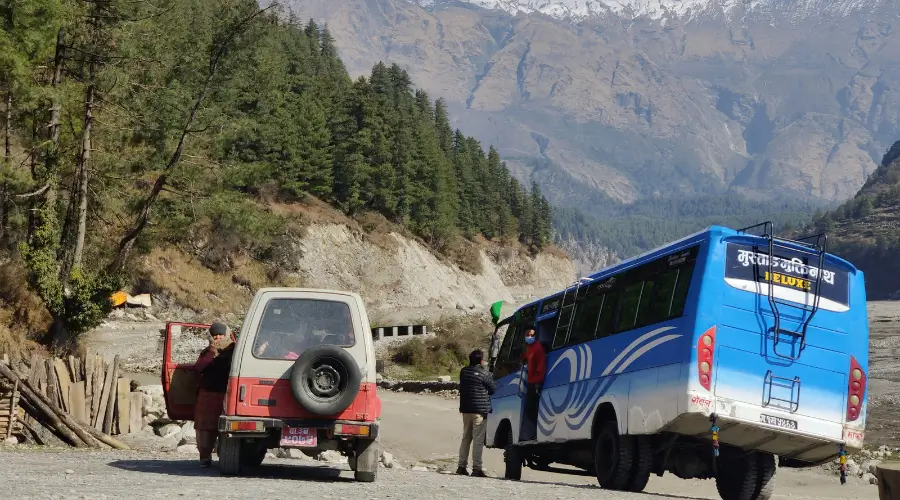
Public transportation:
- Kathmandu to Besisahar: NRS 1,000 (appx. $8)
- Pokhara to Kathmandu:
- Jomsom to Kathmandu: Around NRS 3,000 (appx. $22.5)
Private Transportation:
- Besisahar to Chame: Shared jeep will cost you around NRS 1,500 (about $12) per person
- Kathmandu to Chame: About $200 (can be shared among 6-7 people)
- Muktinath to Jomsom: Shared vehicle will cost you around NRS 1,000 (appx. $8)
- Jomsom to Kathmandu: About $250 (can be shared among 6-7 people)
- Permits: You will need to obtain 2 permits when trekking on the Annapurna Sanctuary trail, either from Kathmandu or Pokhara. The first one is the TIMS (Trekkers Information Management System) permit which costs around $17 (NRS 2000). Another is the ACAP (Annapurna Conservation Area Project) permit, which costs about $25 (NRS 3000).
Want to know more?
Speak to an Expert





Sandip Dhungana
Nepal 🇳🇵
Whatsapp: +977-9823636377


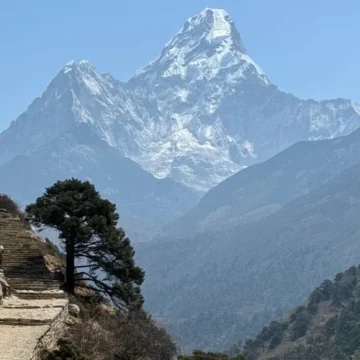
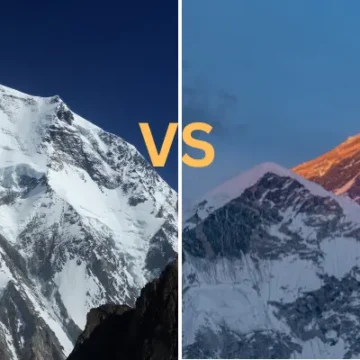
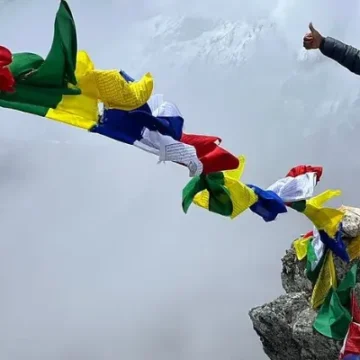
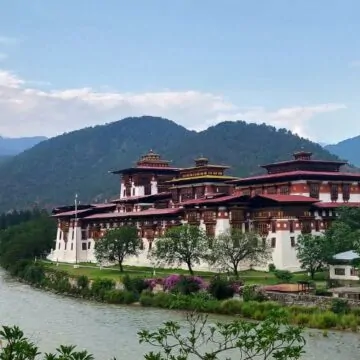


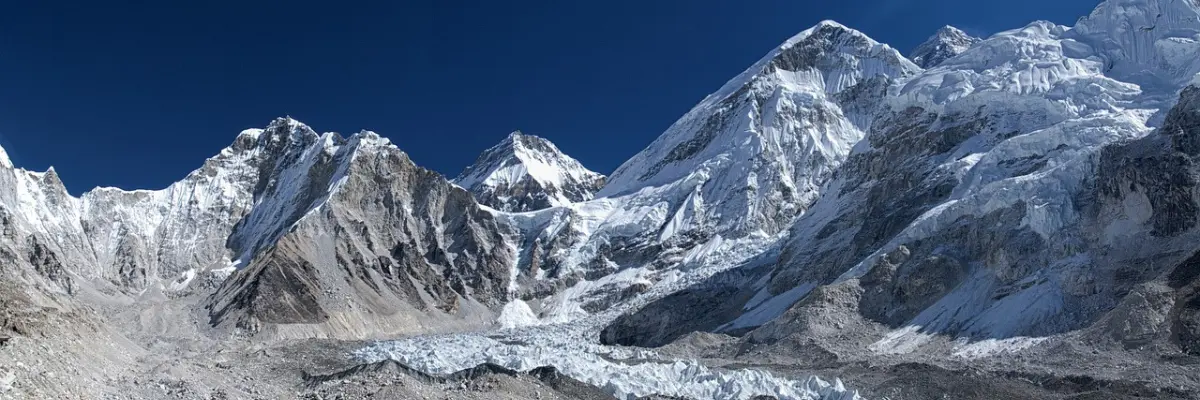











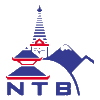


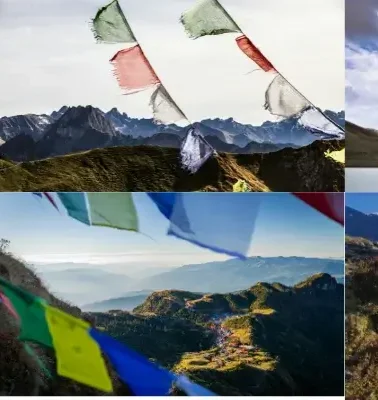

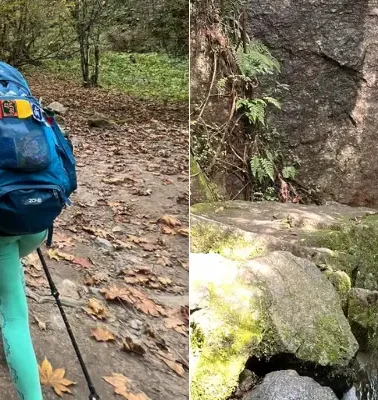
Leave Your Comment